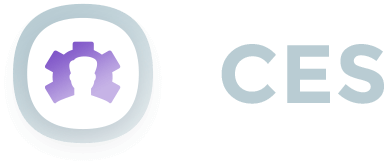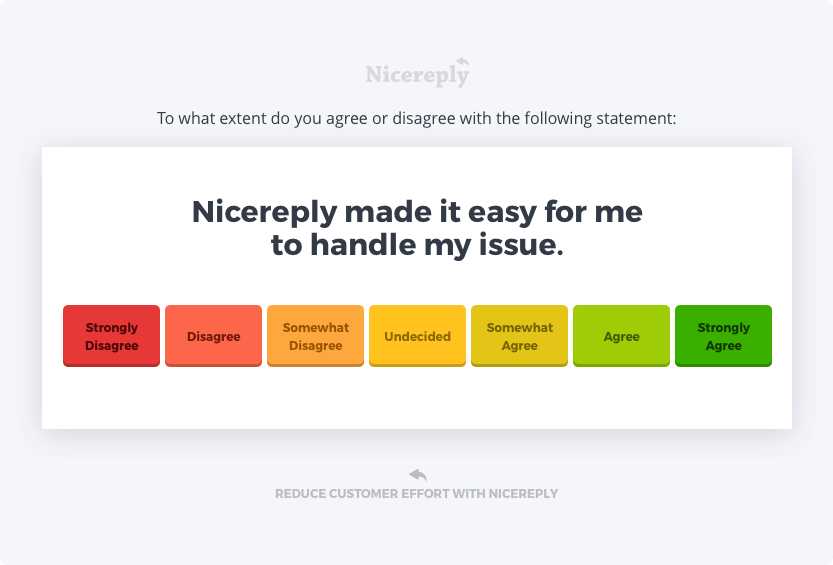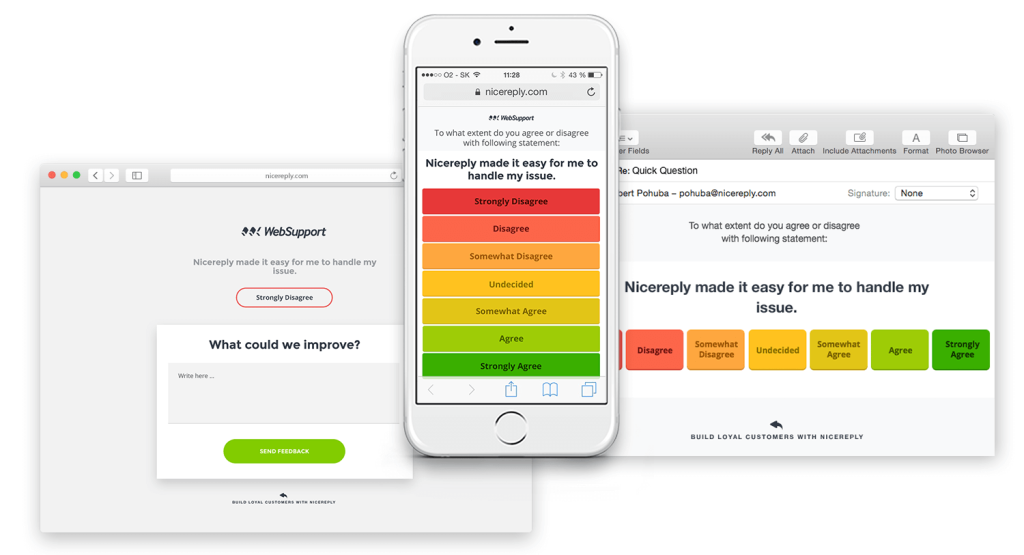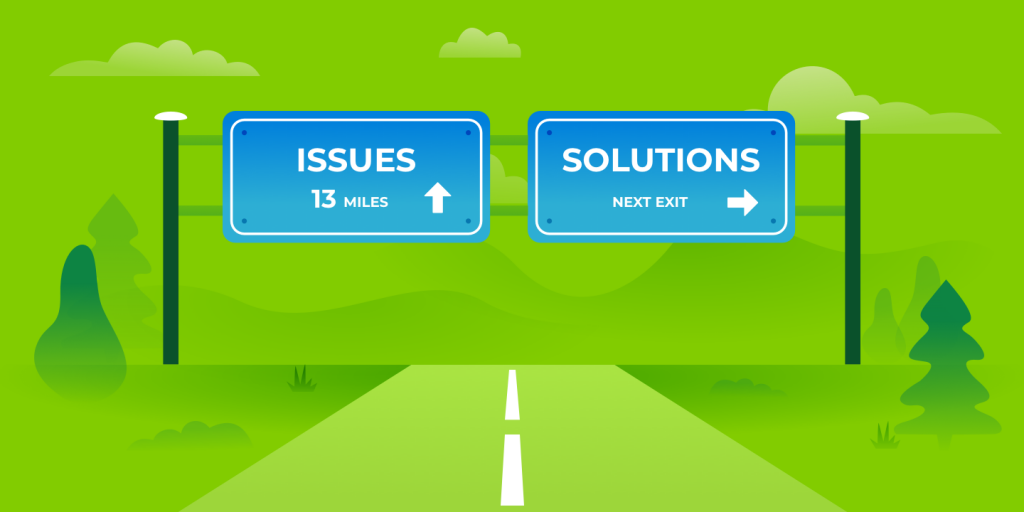Customer Effort Score measures how easy customers it is for customers to get a resolution to their problems.
Customers enjoy doing business with companies that are easy to work with. Think about the last frustrating experience you had with a company. It likely felt very difficult to get clear answers and solutions from the company. After spending so much time and effort dealing with the company, you might think twice about purchasing from them again, right?

Why should I measure CES?
It’s much more predictive of future loyalty than CSAT and NPS. In fact, 96% of customers that report high effort experiences become disloyal, compared to only 9% of customers with low effort experiences
It turns out that customers are most swayed in their re-purchasing decisions by how easy it is to do business with a company.
The Customer Effort Score metric grew out of a desire to measure the amount of effort customers were experiencing in their service interactions. By measuring it, teams can work towards decreasing effort, which in turn leads to more loyal customers.
Wondering if CES is for you? Here are some indicators:
• You’re already seeing consistently high CSAT ratings and wonder: what now?
• Your customers continue to show signs of disloyalty even though CSAT ratings are high
• You’re receiving feedback that isn’t relevant
How to measure customer effort?
You can measure CES by surveying customers after resolution of their conversation. The survey uses a specific statement: “The company made it easy for me to handle my issue,” and the customer answers (on a standard 1– 7 scale) whether they agree or disagree with the statement.

After the customer selects their rating, they usually follow up question where they can leave any additional comments or an explanation of their score.
What do I use Customer Effort Score for?
Customer Effort Scores are best utilized by teams looking to optimize for loyalty. As Mat Dixon writes, teams need to focus on “finding new ways to get rid of the hassles, the hurdles, the extra customer effort that leads to disloyalty.” CES helps point teams in the right direction. What’s a good score to look for? Well, the CEB says that moving a customer from a `1′ to a `5′ boosts their loyalty by 22%. Returns diminish after that. A customer who responds a ‘7’ is only 2% more loyal than a customer who responds as a ‘5’.
Start Measuring Customer Effort with Nicereply for Salesforce
You can start measuring CES today in a matter of minutes and see the data pushed directly into your Salesforce account.
All you need to do is create a free trial of Nicereply (if you don’t already have one) and follow the basic setup instructions.

You can see the instruction on how to measure CES in every email you send out to customers here. Alternatively you can choose to send out a survey automatically after a conversation is closed, or at a specific time. You can read the instructions for that here.
Measure CES and grow
Building a customer experience founded on effortless service will win your company a lot of fans. By focusing relentlessly on eliminating hassle and removing hurdles to help, you become easier to do business with. And in 2018, that’s a winning strategy.






